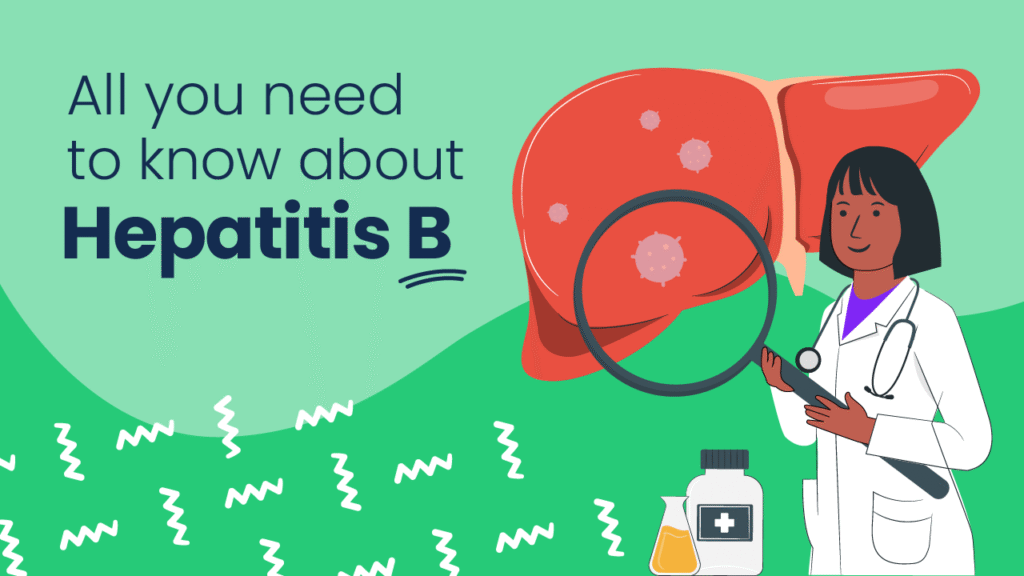Hepatitis B (HBV)
Hepatitis B Overview
Hepatitis B is a viral infection of the liver caused by the hepatitis B virus (HBV). It can present as either acute (short-term) or chronic (long-term) infection.
The virus spreads through contact with the blood, semen, or other body fluids of an infected person — but not through casual contact such as hugging, sharing food, or shaking hands.
While many people recover fully from acute infection, chronic hepatitis B can lead to serious health problems, including cirrhosis (liver scarring), liver failure, and even liver cancer.
Fortunately, hepatitis B is preventable with a safe and effective vaccine.

How Hepatitis B Spreads
Hepatitis B virus (HBV) is transmitted through contact with infected blood and certain body fluids. Common ways of transmission include:
Blood contact – Sharing needles or syringes, accidental needle-stick injuries, or direct contact with infected blood
Sexual contact – Having unprotected sex with an infected partner
Mother-to-child transmission – Passing the virus from an infected mother to her baby during pregnancy or childbirth
Exposure in healthcare or other settings – Improper handling of infected blood or body fluids

Hepatitis B Symptoms
Many people with hepatitis B — especially adults — may not show any symptoms. When they do occur, common signs include:
Fever
Fatigue and weakness
Nausea, vomiting, or loss of appetite
Abdominal pain
Dark urine
Jaundice (yellowing of the skin and eyes)

Prevention and Treatment
Vaccination – A safe and effective vaccine offers strong protection and is recommended for most people.
Protective measures – Using condoms during sex, avoiding the sharing of needles, and ensuring sterile equipment for tattoos or injections can reduce the risk of infection.
Treatment – There is no cure for chronic hepatitis B, but antiviral medications can help control the virus and prevent complications.
Risks of Chronic Hepatitis B
If left untreated, long-term hepatitis B infection can lead to:
Cirrhosis – Severe scarring of the liver
Liver failure – Loss of normal liver function
Liver cancer – Increased risk of developing hepatocellular carcinoma

